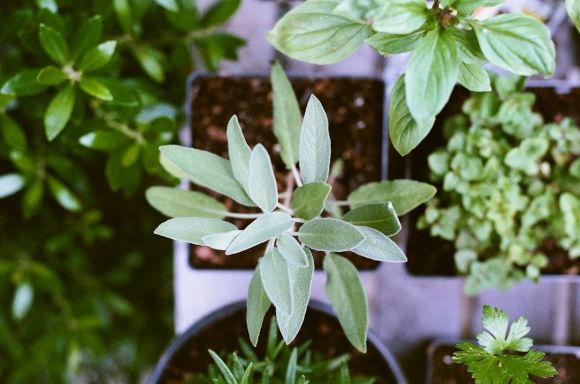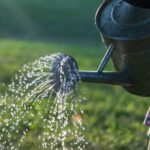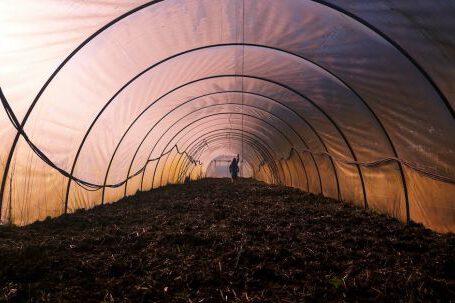Growing herbs indoors has become a popular trend among gardening enthusiasts. The idea of having fresh herbs at your fingertips, even during the winter months, is appealing to many. But can herbs really thrive indoors? Let’s explore the key factors that determine the success of indoor herb gardening.
Choosing the Right Location
When it comes to growing herbs indoors, location is crucial. Most herbs require at least six hours of sunlight per day to grow properly. Therefore, finding a sunny spot near a window is essential. South-facing windows tend to receive the most light, making them ideal for herb cultivation. If your windows don’t provide enough sunlight, you can supplement with artificial grow lights. Positioning the herbs close to the light source will ensure they receive adequate illumination.
Selecting the Right Herbs
Some herbs are better suited for indoor growing than others. While most herbs can grow indoors, some varieties tend to thrive better in controlled environments. Herbs like basil, parsley, cilantro, and chives are particularly well-suited for indoor cultivation. These herbs are relatively easy to grow, have compact growth habits, and can tolerate indoor conditions. On the other hand, herbs like rosemary and lavender require more sunlight and space, making them challenging to grow indoors.
Choosing the Right Containers
Choosing the right containers is an important consideration for indoor herb gardening. Herbs require well-draining soil, so it’s crucial to select pots with drainage holes. This will prevent water from accumulating and potentially causing root rot. Additionally, using pots with saucers can help catch excess water and prevent it from damaging your furniture or floors. It’s also a good idea to choose pots that are slightly larger than the root ball of the herb to allow for proper growth.
Providing Adequate Watering and Humidity
Proper watering is vital for the success of indoor herb gardens. Overwatering can lead to root rot, while underwatering can cause wilting and stunted growth. The key is to strike a balance by watering the herbs when the top inch of soil feels dry. Additionally, herbs tend to thrive in environments with higher humidity levels. Misting the leaves regularly or placing a tray filled with water near the herbs can help create a more humid environment.
Fertilizing Indoor Herbs
Since indoor herbs are confined to pots, they rely on you for their nutrient needs. Using a quality organic fertilizer can help provide the necessary nutrients for healthy growth. It’s essential to follow the instructions on the fertilizer packaging and avoid overfertilizing, as this can lead to nutrient imbalances and damage to the plants. Applying a diluted fertilizer every few weeks during the growing season is usually sufficient to keep your indoor herbs thriving.
Harvesting and Pruning
Regular harvesting and pruning are essential for indoor herb gardens. Harvesting encourages new growth and prevents the plants from becoming leggy. It’s best to harvest herbs in the morning when the flavors are most concentrated. When pruning, remove any dead or yellowing leaves to maintain the plant’s overall health. Pruning also helps prevent overcrowding and improves air circulation around the herbs.
Conclusion
In conclusion, growing herbs indoors can be a successful endeavor if you provide the right conditions. Choosing a sunny location, selecting suitable herbs, using well-draining containers, providing proper watering and humidity, fertilizing appropriately, and practicing regular harvesting and pruning are all key factors in achieving a thriving indoor herb garden. With a little care and attention, you can enjoy the satisfaction of harvesting fresh herbs from your windowsill all year round.





